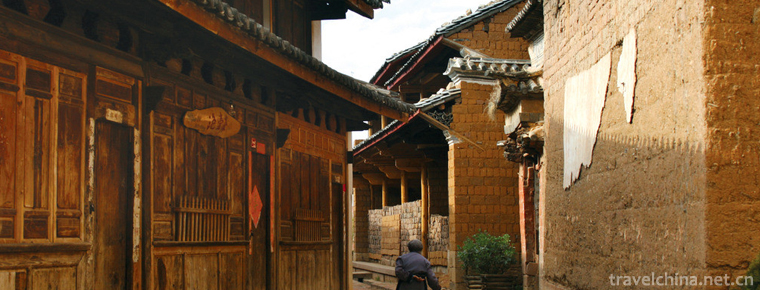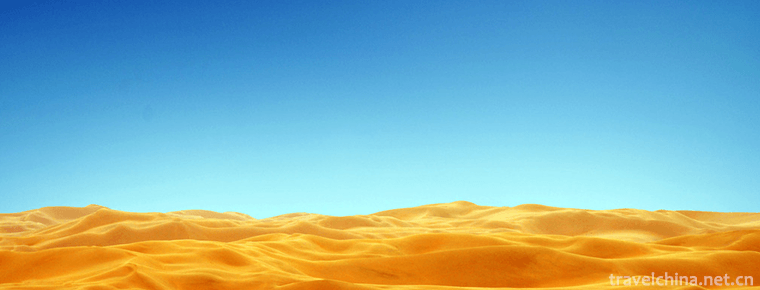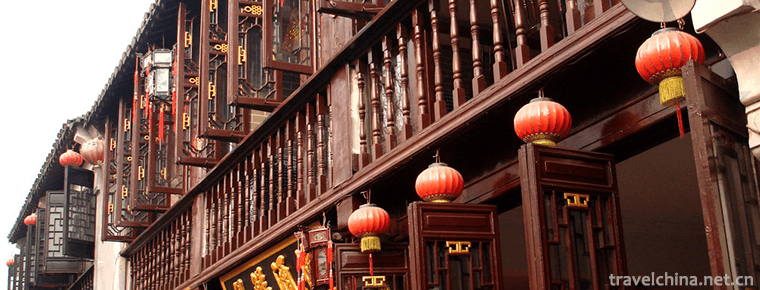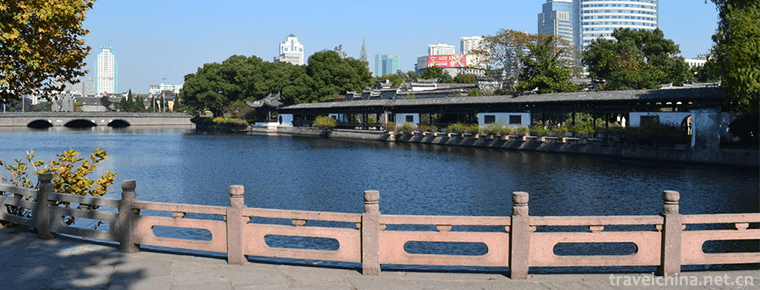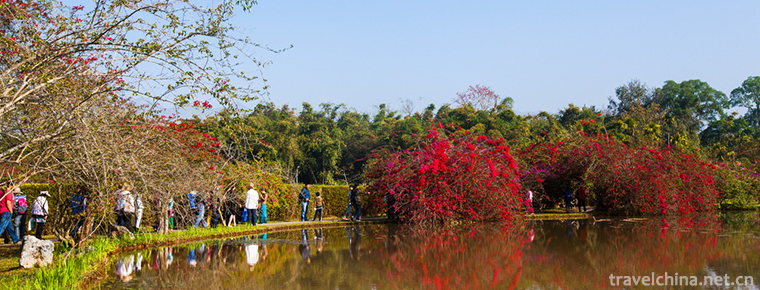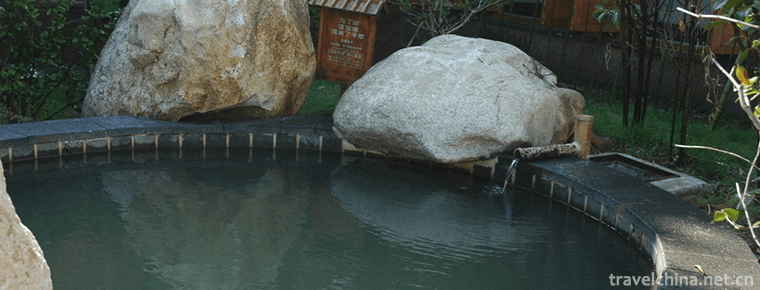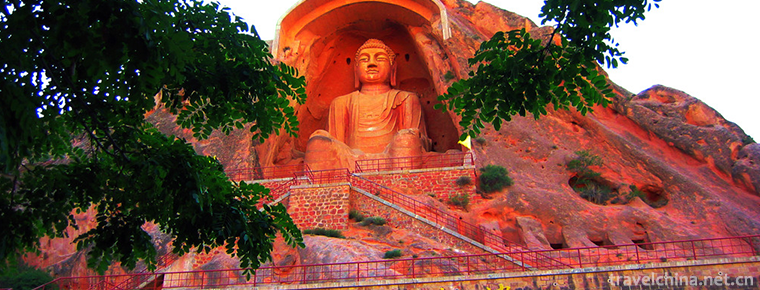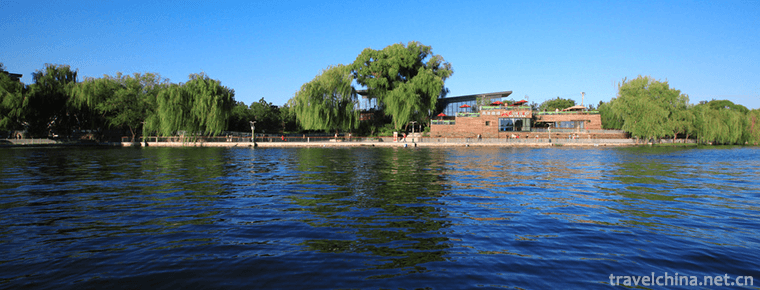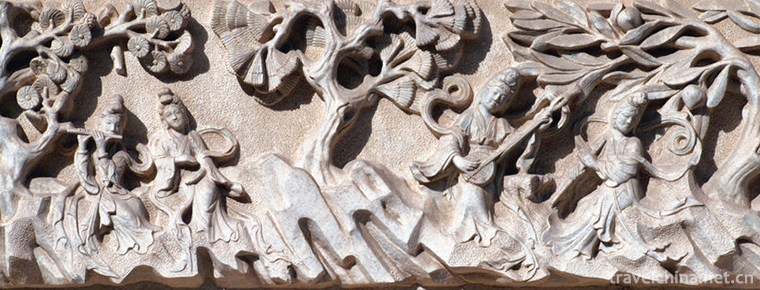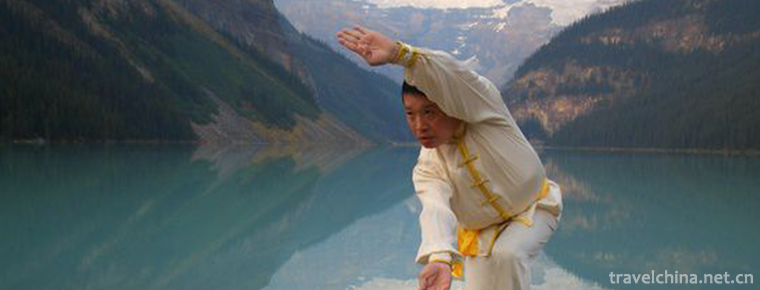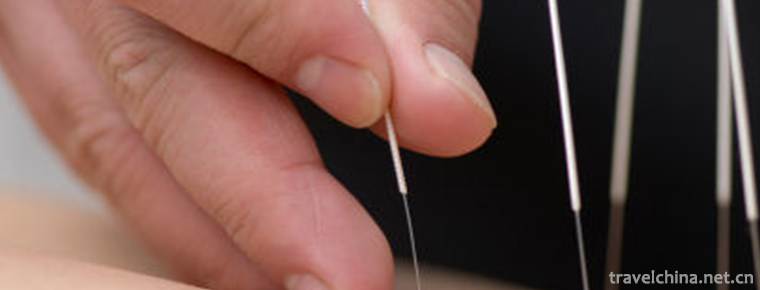Dalian Modern Museum
Dalian Modern Museum
Dalian Modern Museum is located at No. 10 Convention and Exhibition Road, Shahekou District, Dalian City. It is located in the northwest side of Xinghai Square. It is the first comprehensive museum named "Modern" in China. Construction started in November 1999 and opened to the outside world in March 2002. The main building has four floors above ground and one floor below ground, with a construction area of 304,000 square meters and a display area of 15,000 square meters. It is now the "Museum of the First Level of the State", "National 4A Tourist Scenic Area", "National Science Popularization Education Base", "Liaoning Patriotism Education Base", "Dalian Party Members'Ideological Education Base" and "Dalian Civil Servants' Professional Ethics Education Practice Base". On May 18, 2017, on the occasion of the 41st Museum Day, the Dalian Modern Museum was officially awarded the third batch of state-level museums during the "May 18 International Museum Day" held in Beijing in 2017.
Development history
In November 1999, the construction of Dalian Modern Museum started.
In March 2002, Dalian Modern Museum opened to the public.
In 2007, the Dalian Municipal Government decided to renovate the modern museum.
On April 28, 2013, the basic exhibition "Modern Dalian", which took six years to prepare, was opened to the public.
On May 18, 2017, on the occasion of the 41st Museum Day, the Dalian Modern Museum was officially awarded the third batch of state-level museums during the "May 18 International Museum Day" held in Beijing in 2017.
Venue composition
The basic exhibition of Dalian Modern Museum is "Modern Dalian". The whole exhibition area is more than 3000 square meters, and the tour route is 500 meters long.
The whole exhibition is mainly about the history of Dalian in 1840-1949. It is divided into "the development of Luda and the construction of coastal defence", "Luda in Sino-Japanese Sino-Japanese War of 1894-1895", "the formation of Russian Lending Tour and Port City", "the Japanese-Russian War and Japanese colonial rule", "the exchange and integration of multi-cultures", "the resistance struggle of the people of Dalian in modern times" and "the liberation and integration of Dalian". The establishment of the people's regime consists of seven units, exhibiting more than 1300 cultural relics and more than 800 historical photographs and charts. Modern Dalian is a comprehensive display of the city's centuries-old history and a window for audiences at home and abroad to understand the history and culture of modern Dalian.
In addition to the basic exhibition, there are also several special exhibition halls and temporary exhibition halls on the first and fourth floors of the museum, which are used to undertake various scale exhibitions of exquisite cultural relics and art treasures at home and abroad. Since 2007, the museum has successively held "Qing Palace Heritage", "Forever Chang'an", "Jin Guoxiong Feng", "Peninsula Ancient Rhyme", "Great World", "Dalian Tour Exhibition of National Major Historical Subject Art Creation Works", "Silk Road", "Celebrity Gun", "Eastern Wind Westward", "Flowing Glory", "Central Plains Shang and Zhou Civilization", "Crossing the Western Ocean", and so on. Large-scale exhibitions such as American Contemporary Realistic Oil Painting, Qidan Fenghua, Painting Zero as a Whole, Three Gorges Qinyun, Fanyin in Wonderful Land, etc. At the same time, the museum also hosted art exhibitions in Japan, the United States, Russia, Croatia, Belgium and other countries.
Transport line
Opening Hours
Every year from April 1 to October 31: 9:00 a.m. to 5:00 p.m. (stop admission at 4:00 p.m.)
From November 1 to March 31, the following year: 9:00 a.m. to 4:30 p.m. (3:30 p.m.)
It opens from Tuesday to Sunday and closes on Monday.
Ticket information
Tickets are free
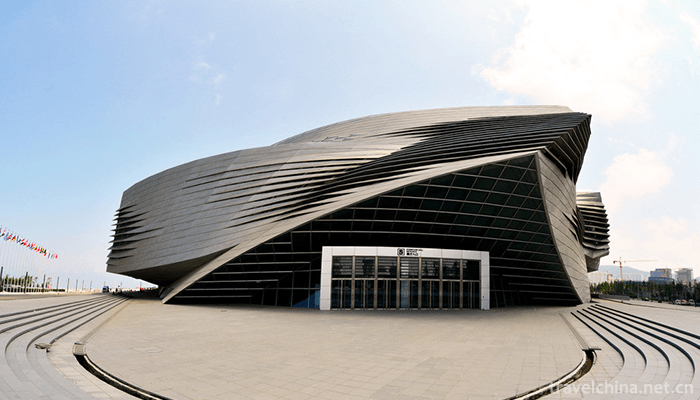
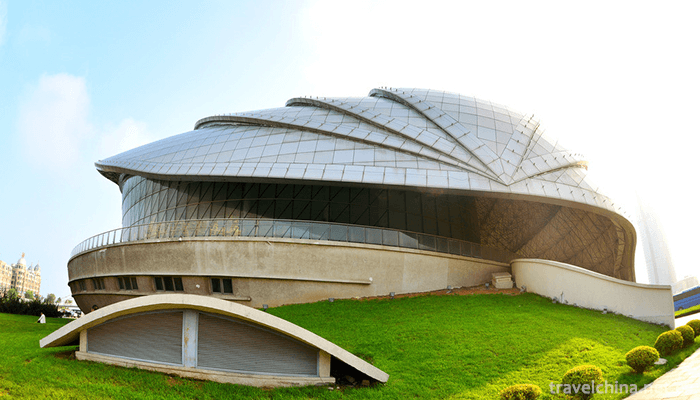
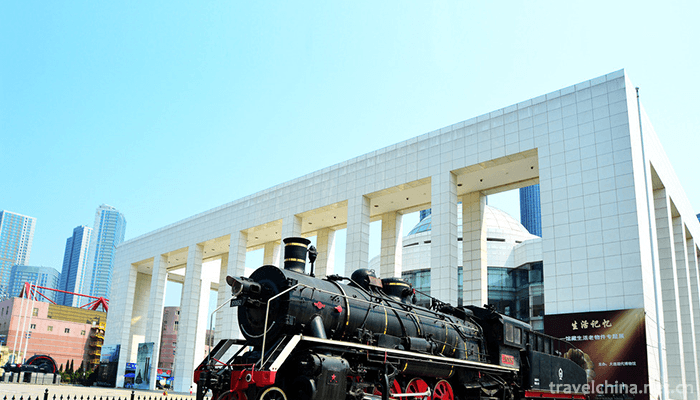
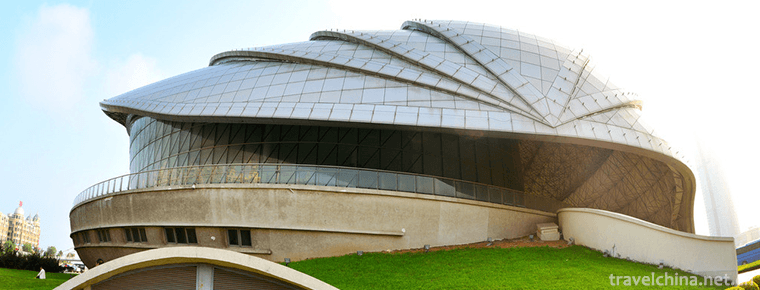
Dalian Modern Museum
-
Ancient town of Shaxi
Shaxi is located in the southeast of Jianchuan in Dali, Yunnan Province, China
Views: 237 Time 2018-10-17 -
Xiangsha Bay Scenic Spot in Dalat Banner Ordos
Xiangsha Bay was opened as a tourist attraction in January 1984, listed as a national line scenic spot by the National Tourism Administration in 1991
Views: 269 Time 2018-11-29 -
Zhouzhuang Town
Zhouzhuang Ancient Town is a preferred site for world cultural heritage and the first batch of national 5A tourist attractions. It is located in the southeast of Suzhou City and at the junction of Kun
Views: 358 Time 2018-12-06 -
Tianyi Pavilion and Yuehu Lake Scenic Area
Tianyi Pavilion is located in Haishu District, Ningbo City, Zhejiang Province. It was built in the middle of Ming Dynasty. It was presided over by Fan Qin
Views: 148 Time 2018-12-07 -
XiShuangBanNa Tropical Botanical GardenChines
Xishuangbanna Tropical Botanical Garden of the Chinese Academy of Sciences, National AAAAA Tourist Scenic Area, is located in Huludao, Mengla Town, Mengla County
Views: 172 Time 2018-12-12 -
Guan Tang hot spring
Guantang Hot Spring is located in Tangtou Town, Linyi City, Shandong Province, on the East Bank of Yihe River. The hot spring covers an area of nearly 260 Mu and has a construction area of 100,000 squ
Views: 211 Time 2019-01-13 -
Xumishan Grottoes
Xumishan Grottoes, located 55 kilometers northwest of Guyuan City, Ningxia, is located in the north of Liupan Mountain. It is the only way to the east of the ancient "Silk Road" and one of t
Views: 131 Time 2019-02-26 -
Lake Yanxi
Yanqi Lake: located at the foot of Yanshan Mountain 8 kilometers north of Huairou City, a suburb of Beijing, is a land and water area centered on the lake surface
Views: 200 Time 2019-03-02 -
stone carving
Stone carving refers to the use of various carvable and carvable stones to create a visible and touchable artistic image with a certain space, in order to reflect social life, express the artist's aes
Views: 248 Time 2019-06-15 -
Sun Bin quan
Sun Bin Quan is an ancient and rare traditional boxing in Shandong Province. Its connotation is broad and profound, which was created by Sun Bin, a military strategist in the Spring and Autumn Period
Views: 192 Time 2019-06-17 -
Acupuncture
Acupuncture means that under the guidance of traditional Chinese medicine theory, needles (usually filiform needles) are punctured into patients'bodies at a certain angle, and needling techniques such
Views: 124 Time 2019-07-25 -
Beijing Second College of Foreign Languages
Beijing Second Foreign Language College is a famous university with advantages of foreign language and literature and tourism management, and coordinated development of literature, management, economi
Views: 341 Time 2019-09-06
